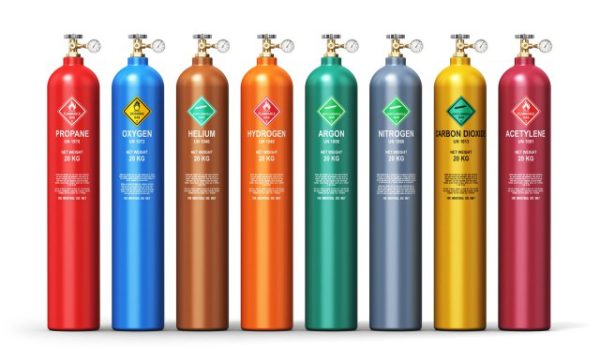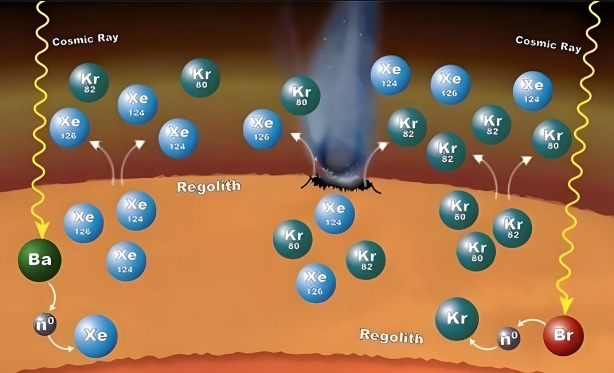Breaking through the bottleneck crisis of strategic gas helium
Breaking through the bottleneck crisis of strategic gas helium
Due to the relatively low helium content in natural Breitling Navitimer replica gas in our country, the cryogenic process widely used in the United States is not suitable for us. In the face of huge industrial demand, in order to avoid helium being “choked”, we must rely on ourselves, develop new production technologies based on our own characteristics, and produce helium ourselves.
The composition of natural gas is relatively complex, in addition to methane, there are also nitrogen, hydrogen, carbon dioxide, water vapor, etc. To directly obtain helium, new separation technologies such as membrane separation, room temperature pressure swing adsorption, low-temperature replica watches UK adsorption, and low-temperature distillation technology must be coupled and used.
The principle of membrane separation is very similar to filtration, using the size differences of different molecules to allow small molecules to pass through and large molecules to be intercepted. Helium molecules are the smallest and can pass through membrane pores, while methane molecules are relatively large and cannot pass through membrane pores. Therefore, membrane separation can be used to preliminarily concentrate helium in natural gas, increasing the content from less than 0.1% to 26%.
Breaking through the bottleneck crisis of strategic gas helium
The key to adsorption separation is to use adsorbents with strong adsorption and removal capabilities for impurity gases such as nitrogen and methane, to increase the helium content to 99% or even above 99.999%. Another more economical process route is to produce helium gas by utilizing the byproduct of flash gas (BOG) while producing liquefied natural gas (LNG).
Helium has a low boiling point and is naturally tag heuer replica watches enriched in the gas phase during the liquefaction process of natural gas, resulting in concentration, which is beneficial for subsequent processing.
The first domestically produced BOG helium extraction device was successfully demonstrated and operated in Yanchi, Ningxia in 2020, filling a domestic gap; In 2021, the largest LNG co production and helium extraction facility with an annual output of 500000 cubic meters of helium gas was built in Wanrui, Inner Mongolia; In 2022, a LNG helium purification project with low-temperature adsorption as the core will be built in Chongqing, which can produce over 20 tons of helium gas with an annual output of 99.999%.
The development and operation of these helium extraction devices have effectively eased the tight supply situation of helium gas in China, and partially alleviated the bottleneck problem of national strategic gas resources.
In the future, our industrial gases will face the task of building a new type of industrialization, focusing on high-end, intelligent, and green industries, identifying weak links such as bottlenecks and falling links, filling gaps and forging strengths, enhancing the independent and controllable capabilities of the industrial system, promoting the transformation of industrial innovation towards original innovation and innovation leadership, and smoothing out the “qi” of industry in the new journey, so as to be proud.






